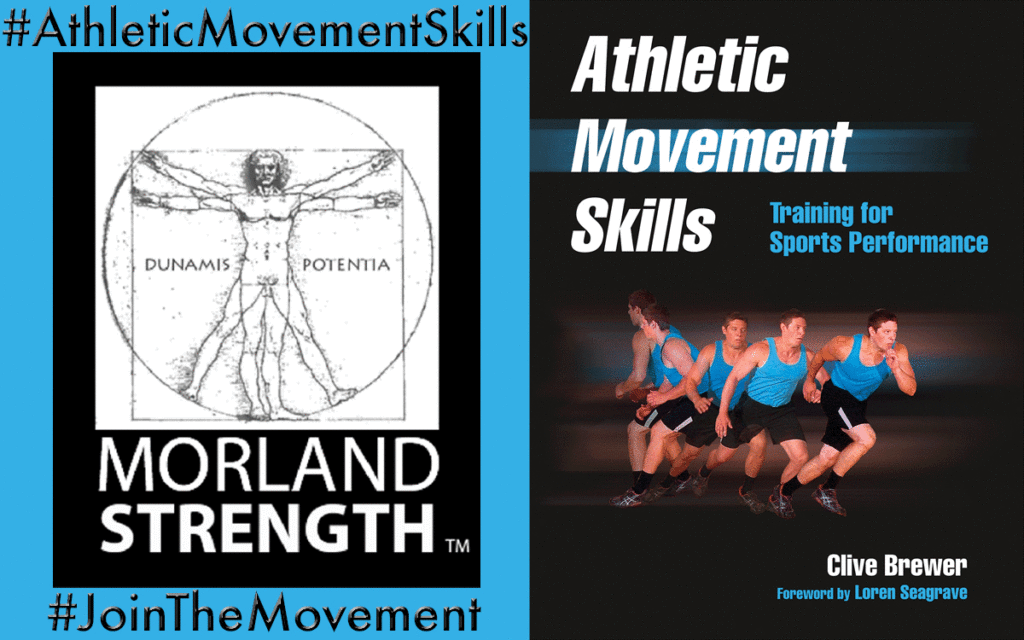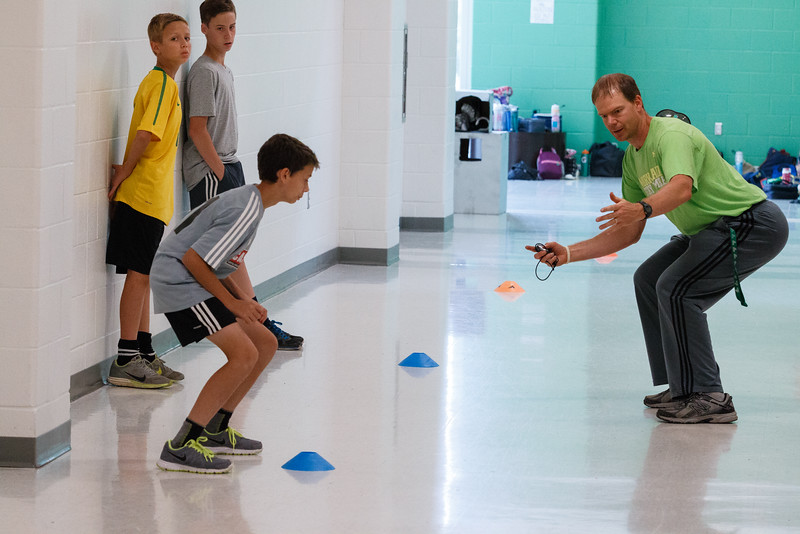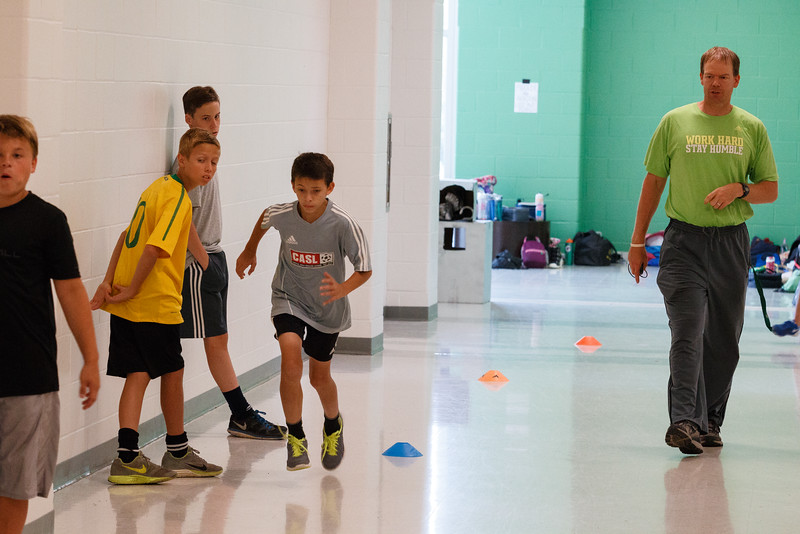
Revised article March 16th 2018.
There is a movement going on in the United States right now that is focusing on LTAD (Long-term Athletic Development. This blog was published about one year ago so I sought to update some information.
There is a lack for knowledge and application in trainers or coaches when implementing programs for youth. This can be seen in the movement among forward thinking professionals to create a good development model for youth and adolescents. At the NSCA (National Strength & Conditioning Conference) in Charlotte, NC in January which brought together professionals from all levels of Strength and Conditioning this the topic for 3 days to consider. In 2018, the US will hold the first conference to establish a good model. Here is the website to consider: Long-term Athletic Development Summit
The purpose of this second blog on Chapter 3 is:
-
to clarify some age-specific applications,
-
to give some examples of exercise progressions, and
-
to provide a tangible chart for you to apply this information in your own youth.
There were many forward thinking points in this chapter, I read chapter 3 through many times and underlined so many quotes! I feel these are are essential to the Athletic Movement Professional (AMP is Coach Brewer’s term). Each week we do a staff improvement meeting and this week we sought to answer these three questions from this material:
- How is youth training different from adult training?
- What are some aspects that should be done to help youth in the long-term development?
- How does our program implement effective youth and adolescent training progressions at Cardinal Gibbons High School?
Let’s jump right into this blog with some clarifying statements:
- Early Adolescent stage is generally age 9-12
- Adolescent stage is roughly age 12-16 with two clarifying variables of boys versus girls’ development and early versus late-developing kids
- Late Adolescent stage is roughly age 16-20

I. The Early Adolescent Stage can be considered “the skill-hungry years” because kids are looking to improve neural stimulation. In our discussion, we talked about the importance of general movement technique like the “hip hinge” and emphasizing “full range” of movement. The training should be fun, enjoyable, and focus on the process of doing activities versus the result. This was not a difficult idea for me to grasp because I have a 9 year old boy and we play running, jumping, and throwing games together!
Practical applications for Early Adolescents:
- Implement a warm-up time of movement skill coaching with gross motor skills like running, skipping, and hopping activities for short duration of 5-10 seconds.
- Implement eye-hand coordination drills, climbing, crawling, tumbling, and use medicine balls or other objects to challenge balance.
- Integrate movements together with the main activity of the session versus isolated movements
Coach Brewer states, “These activities develop the child’s ability to control posture through the full kinetic chain rather than in isolated portions of the body or in isolated joint actions,” which has scientific evidence from multiple authors (1. Lloyd, et. all).
II. The Adolescent Stage is arguably the most important phase for athletic preparation because so much is happening. One of the gems I pulled out of this section was considering the difference between puberty and adolescence. If you train youth or adolescents, the cost of this books is worth this one idea alone:
PUBERTY is the somatic (anthropometrical) and physiological period of development while ADOLESCENCE is the psychological/social changes taking place during development.
The coach’s knowledge of these changes going on makes all the difference in mastery and having a “differentiated approach,” based on how children develop differently.
Let’s drill down with some clarifying statements:
- There are early and late developing adolescents: girls 10-14 with an average of 12 and boys 12-16 with an average of 14
- Coaches and trainers identifying early developers can keep kids from “dropping out” of sports when others catch up
- Coaches and trainers identifying late developers can keep kids from becoming “hopeless” when others are ahead
- Those born in the 1st ½ of the year tend to be early developers and those born later in the year tend to be late developers
- Communicating closely with parents can really help kids’ participation in athletic sports
Practical Applications During Adolescence: What is the best physiological training needed in this stage? Since athletic movement requires force, and the anabolic hormones begin flowing, then maximum strength, plyometrics, and speed-based activities create the force needed for sports (see the last two blogs!)
Coach Brewer says, “These training modalities promote bone development and enhance protein synthesis, hypertrophy leading to increased cross sectional area and the muscles ability to produce force” (Brewer page 47).
If you’ve read this far then I’d like to give you the gold. According to this section in the book if high reps or sub-maximal exercise is done, then non-contractile proteins are stimulated with the fluid component leading to sarcoplasm development (i.e. more than 15 reps, endurance, or BODYBUILDING). If near maximum force resistance is emphasized than sarcomere hypertrophy is added end-to-end, which transfers to high speed training and myofibril density (i.e. STRENGTH training, 80% intensity or above leading to higher muscular recruitment). These increases lead to connections between proteins with the ability of the muscle to produce increased force. Thanks Coach Brewer for the gold!

III. The Late Adolescent Stage is when individual skill and physical development is done to improve sports-specific competition. Training age is the most important concept to assess because regardless of the athlete’s age, the movement skills practitioner should be guided by competency, and preparedness should be determined by the sport-specific demands of the sport.
Gibbons STRENGTH’s practical application to this stage was to identify the skill development process of our athletes and how they are progressing through the curriculum. We decided as coaches we should: “coach-up” the “warm-up”, get better on our cueing of movement skills, and not progress too quickly into intermediate and advanced exercises.
In summary, if the practitioner will equip themselves with the knowledge of these scientific, physiological, and psychological changes taking place in their kids, they can structure and monitor the process each adolescent is advancing through, while minimizing injury and maximizing their athletic potential!
| Late Childhood | Early Puberty | Late Puberty | Early Adult | |
| Growth & Development Considerations | Physical literacy: catching, throwing, evasion & posture, and object control | Skill-hungry years. Overall spot skills, kicking, focus on strength, speed, technique with motor skill development | Brain and neural control mechanisms, challenging movements with plyos, speed and agility. Anaerobic work as maturing | Training based on individualized programs within team schedule. Maximizing power, strength-speed, and speed-strength |
| Movement Skills Progressions | Stability, games-based approach, body-weight exercise, body awareness, traditional PE and playground activities | Learning, understanding movement. Mechanics, posture, dynamic balance, rotation, ground actions, neural development, jumping and landing | Challenge the posture through different base of supports. Focus on pelvic and shoulder girdles and tracking. Postural integrity training | Proper warm-up, functional posture, strength technique is transferred into technical work. Multi-joint movements, tactical-based and refinement of footwork |
| Physical Conditioning Progressions | Fun, games-based and individual challenge. Avoid excessive or repetitive stresses | Movement warm-ups and game play, cool-downs through fun activities | Diagnostic mechanism to analyze strengths and weaknesses. Weightlifting programs and progressive overload with close monitoring | Training process based on maximizing power. Emphasize postural integrity as strength and muscular increases. Position specific programs into annual planning |
Lloyd, R.S, A.D. Faigenbaum, M.H. Stone, J.L. Oliver, I. Jeffreys, Position statement on youth resistance training: The 2014 international consensus. British Journal of Sport Medicine 48 (7): 498-505.
I invite you to invite others to #JoinTheMovement toward better #AthleticMovementSkills! Our team including Coach Amer (Strength and Conditioning Coach at Lifetime), Coach Cowick (Trainer for Camp Gladiator), Coach Blaser, (Trainer and Physical Therapy Technician) Coach Byrd (Assistant Strength & Conditioning Coach at Cardinal Gibbons High School), are ready for you to move with us in this series!

Chris Morland, MS, RSCC
Strength and Conditioning Coach
Educator and Coach | Visionary in High School Strength and Conditioning
Would you like to follow Morland STRENGTH’s link here: new Instagram account?
#MorlandSTRENGTH #AthleticMovementSkills #JoinTheMovement
“The views, opinions, and judgments expressed in this message are solely those of the authors and peer reviewers. The contents have been reviewed by a team of contributors but not approved by any other outside entity including the Roman Catholic Diocese of Raleigh.”
